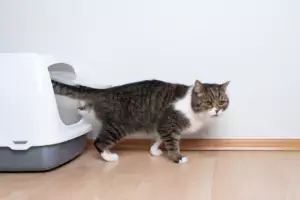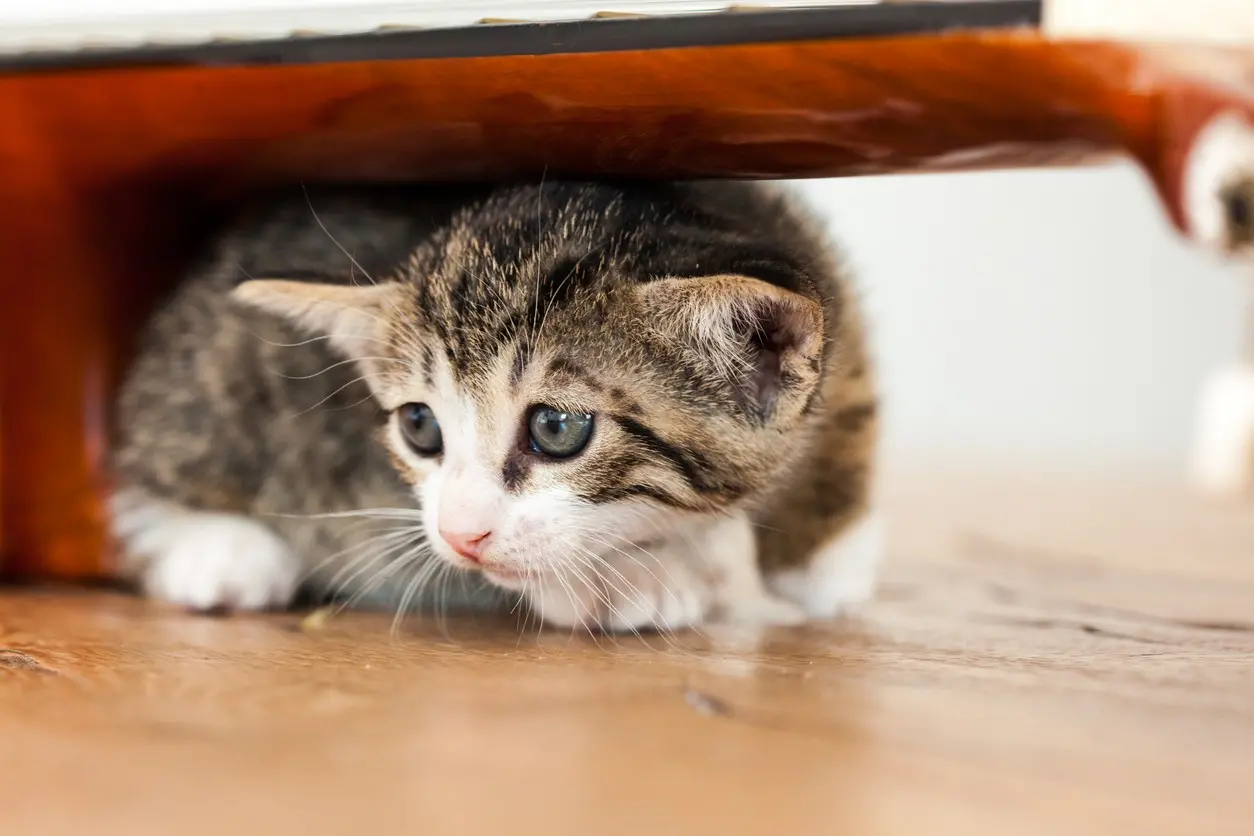Although you may be remarkably in tune with your furry friend and seem to understand their every thought and feeling, you may find that picking up on their cues that they are in pain is not easy. Pets instinctively hide signs of discomfort or pain, so your pet may be suffering for far longer or more seriously than you realize.
To prevent your four-legged friend from unnecessary suffering, keep a sharp eye out for subtle clues that signify discomfort. Here are 10 warning signs that your pet is in pain.
#1: Your pet’s activity level decreases
Pain from any source can cause your pet’s normal rambunctiousness to plunge. Whether they are suffering from a scratched cornea, ear infection, or chronic arthritis, the discomfort can force your pet to rest more than normal.

#2: Your pet is restless
On the other hand, pain can trigger anxiety in your pet and they cannot relax. Pets experiencing joint pain or other discomfort can struggle to find a comfortable spot or may rest in unusual positions. A pet who is not comfortable may constantly pace day and night, because they cannot settle into a cozy position.
#3: Your pet’s posture or gait changes
While a limp is an obvious sign of pain in pets, other gait or posture abnormalities from pain can be more subtle and difficult to detect. If your pet is experiencing abdominal pain, such as with pancreatitis, they may arch their back. An arched back, as well as a wobbly or unsteady gait, can also signify a spinal injury. If your pet sits abnormally and is reluctant to jump or climb or slow to rise, they may have painful orthopedic issues such as hip dysplasia or arthritis.
#4: Your pet is trembling or shaking
Some small-breed dogs seem to constantly tremble, but shaking or twitching muscles can indicate discomfort or pain-induced anxiety. Arthritic pets also often tremble while standing, and their muscles may twitch when they are resting because of lingering aches and pains.

#5: Your pet is more vocal than normal
Although your four-legged friend can’t talk, they can let you know something is wrong by vocalizing excessively. If your pet is meowing, whining, whimpering, or growling more than normal, or they sound distressed when you touch a specific area (e.g., an inflamed ear), they are likely in pain.
#6: Your pet becomes irritable
Nobody is happy when they’re in pain, and your pet’s behavioral changes may demonstrate their discomfort. Uncomfortable pets may become irritable and snappy with other pets or their owners and may become aggressive as a warning. A pet who is in pain may also withdraw and hide more than usual to avoid interaction.
#7: Your pet’s appetite decreases
No matter the source, a pet who is in pain may lose their appetite. Feeling unwell for any reason can trigger appetite loss or a change in eating habits in response to specific pain. For example, if your pet has dental disease, they may avoid hard food and treats, and want soft canned food rather than their favorite chew toys. Or, your pet with arthritis in their elbows and neck may not be able to comfortably bend down to reach their food dish.

#8: Your pet is drooling
Excessive drooling, which can signal anxiety, pain, or nausea, is often paired with dental disease, but some pets also drool more because of abdominal pain. Pets often lick more at sore joints or other injuries. Cats with bladder pain may lose abdominal hair because they try to soothe the pain from an inflamed bladder through excessive grooming.
#9: Your pet has a rapid heart or respiratory rate
Any source of pain can increase your pet’s heart and respiratory rates. If your dog is panting while at rest, or their heart is thumping much faster than usual, they may be in pain.
#10: Your pet’s bathroom habits change
Your pet may change their bathroom habits if they’re in pain. Pain can trigger stress in pets, which can lead to stress-induced diarrhea. Arthritis and urinary tract issues are common pain sources and can greatly affect how and where pets eliminate. Arthritis pain can make it tough for pets to properly eliminate. This may result in accidents indoors or where they’re laying down. If defecating is too painful, they may become constipated. Cats suffering from feline idiopathic cystitis, which causes bladder inflammation, may associate their litter box with pain, so they seek soft or cool spots to urinate.

If your four-legged friend is hobbling around on three legs or seems to be suffering from some sort of discomfort, contact the expert team at your nearest UrgentVet location—because your pet can’t wait to feel better.


